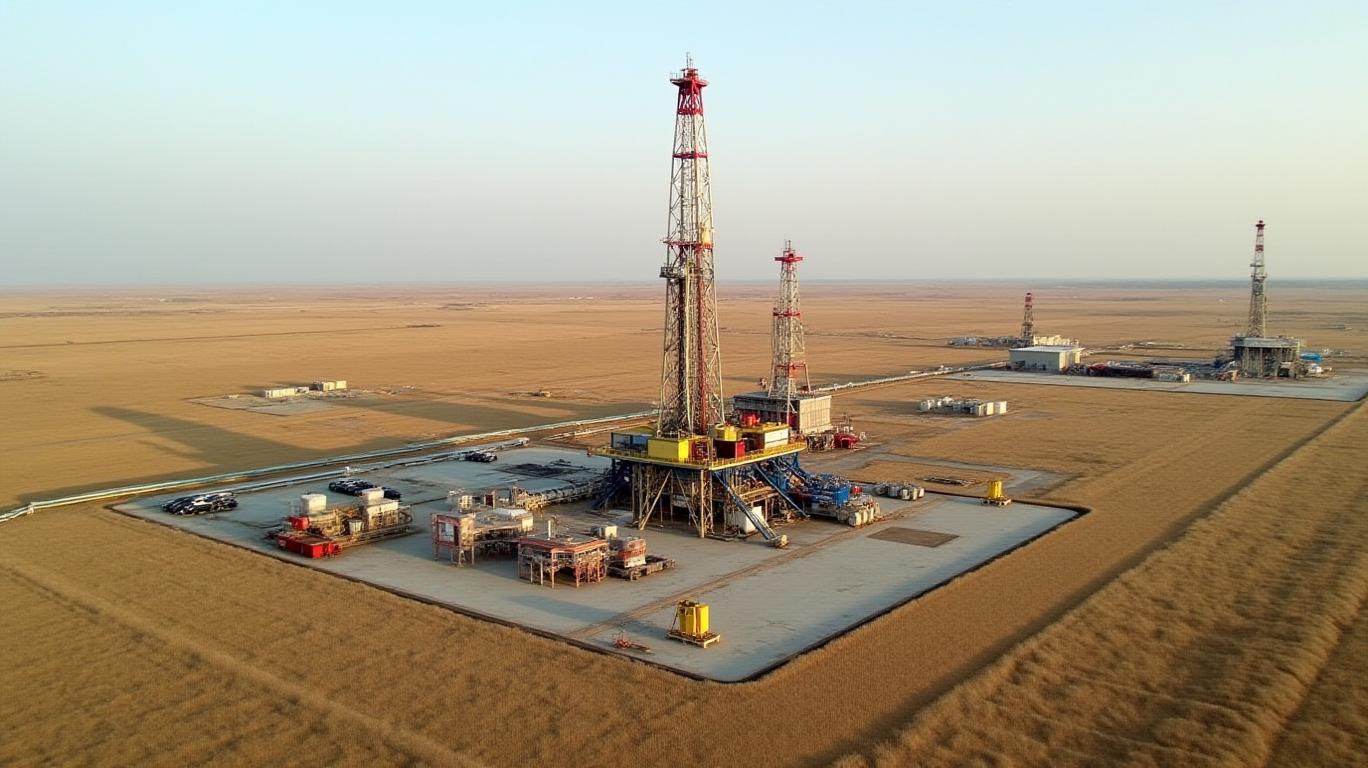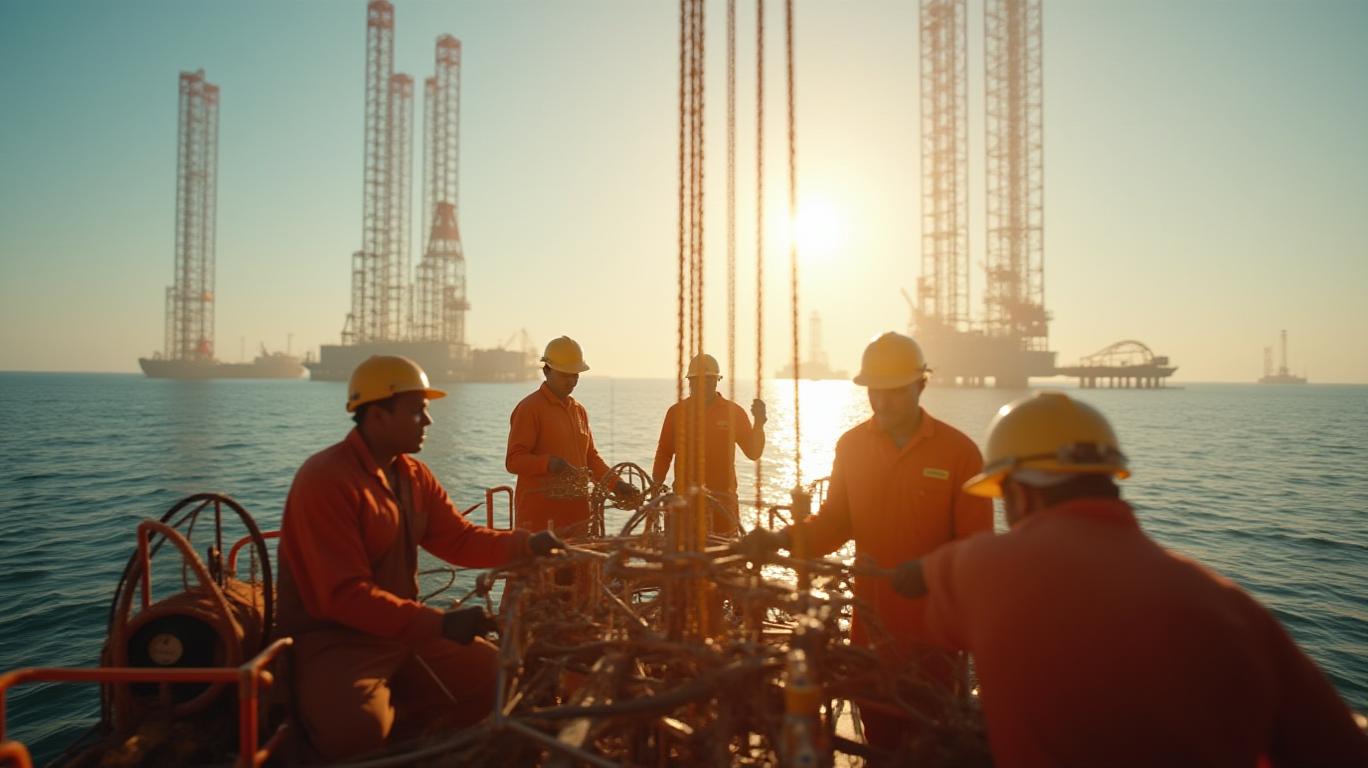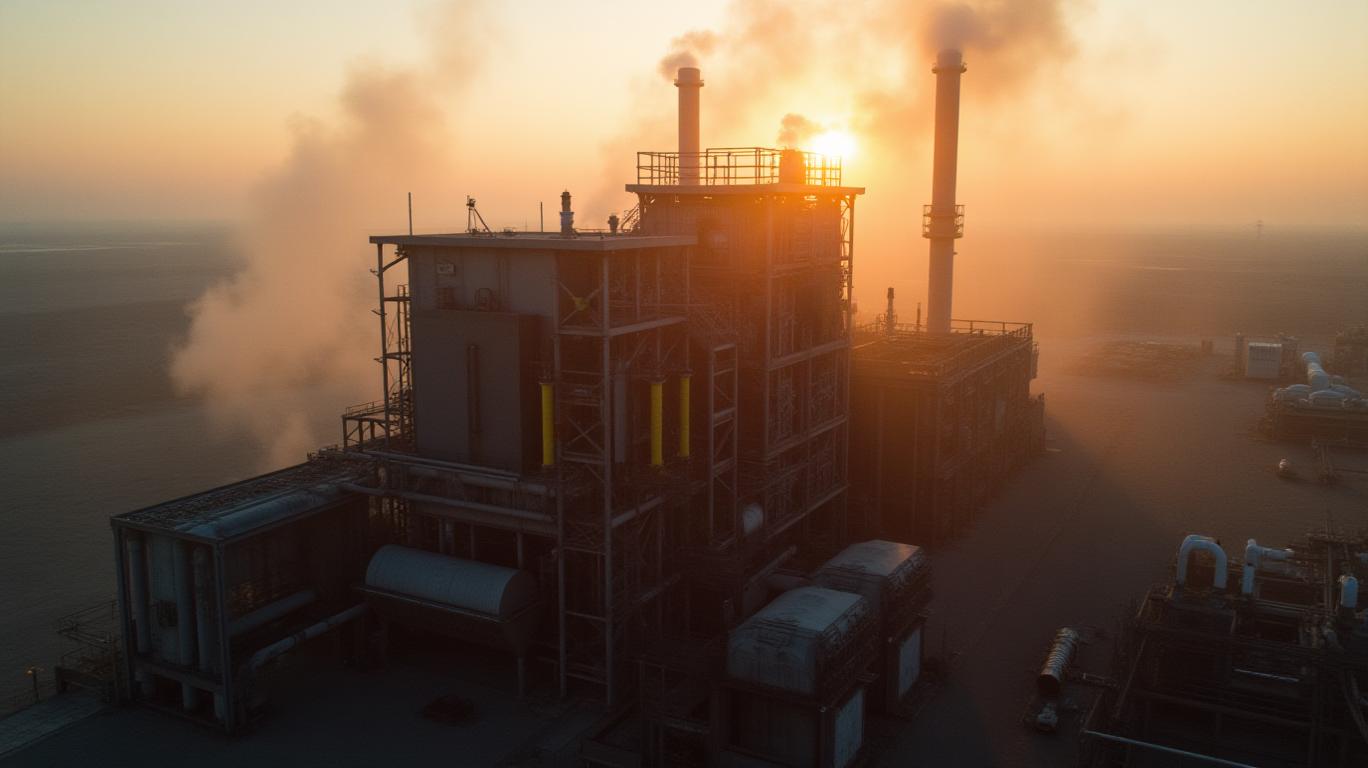Headwater Exploration's Dividend Hike: A Well-Founded Move in a Volatile Sector?
Headwater Exploration (TSX:HWX) has announced a 10% increase to its quarterly dividend, marking the first adjustment in its payout since 2020. The new dividend of CAD 0.11 per share, set to debut in April 2025, underscores the company’s confidence in its financial resilience and operational strategy. With an annualized yield of 6.3% at current stock prices, this move positions Headwater as a high-yield play in an energy sector still navigating commodity price volatility. But how sustainable is this dividend, and what risks lie ahead?

A Decade of Dividend Discipline
Headwater has maintained a steady quarterly dividend of CAD 0.10 per share since at least 2020, with no cuts or suspensions despite oil market swings. This consistency, supported by a payout ratio of 51.77% in 2024, reflects disciplined financial management. The company’s 2025 budget projects adjusted funds flow of CAD 320 million at a US$70/bbl WTI oil price, a key underpinning for the dividend hike.
Drivers of the Increase
The dividend boost is tied to two core initiatives:
1. Production Growth: Headwater aims to expand production to 22,250 barrels of oil equivalent per day (boe/d) in 2025, a 10% increase over 2024 levels. This growth is fueled by secondary recovery projects, such as its Marten Hills West and Clearwater E initiatives, which target higher oil recovery rates.
2. Capital Allocation: The company plans to reinvest 47% of its adjusted funds flow into operations, while maintaining a positive working capital balance of CAD 37 million. This balance allows flexibility to navigate commodity price fluctuations.
Risks and Assumptions
While the dividend increase is promising, its sustainability hinges on several assumptions:
- Commodity Prices: The CAD 0.11 dividend assumes a WCS (Western Canadian Select) oil price of CAD 79.40/bbl and an AGT gas price of US$9.00/mmbtu. If these benchmarks fall, cash flow could shrink.
- Execution Risks: The budget’s success depends on secondary recovery projects and 5–7 new exploration wells. Drilling delays or lower-than-expected production from these wells could strain cash reserves.
- Debt and Dividend Flexibility: While Headwater has no bank debt and positive working capital, the board retains discretion to adjust dividends if conditions deteriorate.
Investment Implications
The CAD 0.11 dividend (annualized 6.3%) compares favorably to the broader energy sector’s average yield of 3.4%. However, investors must weigh this against the sector’s volatility. Key data points to monitor:
- Production Metrics: Watch for quarterly production updates to ensure the 22,250 boe/d target is on track.
- Hedging Strategy: The company’s use of hedging instruments to lock in oil prices will mitigate downside risks.
- Peer Performance: Competitors like Peyto Energy (PEY.TO) and ARC Resources (ARX.TO) offer similar yields, but Headwater’s focus on secondary recovery could set it apart.
Conclusion
Headwater’s dividend hike is a bold but strategic move, supported by its 2025 production and capital allocation plans. With a history of consistent payouts and a yield double the sector average, the stock appeals to income-seeking investors. However, the dividend’s longevity depends on maintaining commodity price assumptions and executing operational plans.
The company’s 47% reinvestment rate and CAD 37 million exit working capital provide a buffer against short-term price dips, but prolonged weakness in oil prices could force a reversal. For now, Headwater’s move reflects a confidence that its growth initiatives will sustain its high-yield profile. Investors should monitor execution closely, but the CAD 0.11 dividend appears well-founded—if oil markets cooperate.
Final Note: As of December 2024, Headwater’s dividend yield ranked in the top 10% of Canadian energy stocks. The 6.3% yield, combined with a 10% production growth target, makes this a compelling—but not risk-free—play in a cyclical sector.









